If you want to know how to write about feminism in a way that will actually captivate your readers, there are definitely a adjustments you’ll want to make. The truth is, the topic of feminism often gets ignored because of it’s very name.
Mainstream media (and haters) have overused and incorrectly used the term so much that it’s created a divide. Feminists or non. Those who don’t necessarily envision themselves as a feminism can easily overlook your message because of the term alone.
The solution to this is just one of the various steps you can take to make sure that, whether you’re writing a book, article, or essay, your message will be heard and felt by its readers.
The Rise of Feminism & Increase in Stories Told
Feminism has been around for longer than you might think. While the increase in access to information because of the internet increased the global awareness of it, this movement has been active since 1848. The Women’s Right’s Convention is what most historians connect to the “origin” of feminism, though I’m willing to bet the desire for equal rights has been felt long before this.
Many feminism movements have shaped our current world, with the most memorable for us being women getting the right to vote with the 19th amendment in 1920. But the movement has been alive and slowly pushing the bar of women’s equality closer and closer to even with men’s.
Thanks to this, there’s much to right about to share the message. We don’t live in a perfect world and never will, but because of books, articles, and even film and TV, we can always share how important it is to work for these rights.
But if you try to do so in certain ways, you might see the results become the opposite of what you intend.
Let’s learn how to write about feminism in such a way that the mission is advanced effectively.
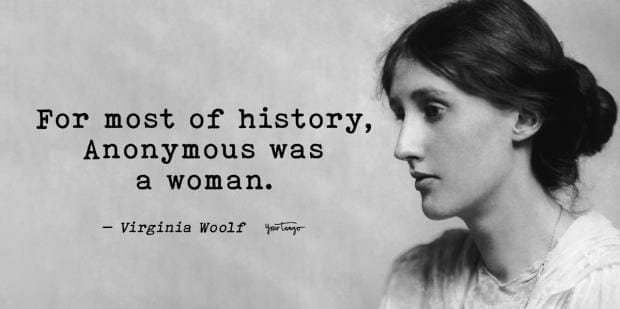
How to Write About Feminism with Guidelines You Won’t Want to Miss
The goal of learning how to write about feminism is to create a more equitable world no matter your gender. Feminism may have received the reputation of being all about women’s empowerment, but that’s only a single effect of it, not the definition or the goal.
If you want to share the true meaning of feminism through your writing, these tips will ensure your purpose comes through.
1. Remove shame
Any writing that is inherently shaming a person for behaviors, actions, or ignorances when it comes to the equality between men and women should be removed. There are better ways to showcase the injustices women have experienced without pointing fingers or making a person feel shameful.
While it may seem like this shame could teach them a lesson, the reality is that shaming people often has the opposite effect, particularly when the source is a digital publication (or even a book). It puts people on the defensive and makes it harder for your message to come through.
Now, if someone feels shameful of their behavior as a result of reading what you have to say, that is different than you directly shaming them, and is often more effective.
2. Appeal to relatable situations
Humans are selfish, naturally. When we read a book or article, we’ll often put our own worldview into the words, even if it’s very different from our lives. To connect with readers on a deep enough level that what you have to stay sticks more, use stories, examples, or analogies of situations that are relateable to the majority of people.
It’s easy to talk about feminism in the film industry for actresses, for example. The names of celebrities sourced might be impressive, but the reality is that most people will never audition for a role in a film. They won’t come into contact with a world in which they’ll ever see this.
So while these stories are touching and tragic and unfair, the average person has a much harder time envisioning it as a reality. Whereas, if you describe and set scenes that your average person has experienced before, like working and eating out at a restaurant, your message is far more likely to stick.
Even if you want to learn how to write about feminism for essays or long-form media like books (or video), you still need to ground the reader in a reality that’s crisp and clear in their minds.
Find ways to draw comparisons to seemingly unrelated ideas like the film industry with something more common.
3. Tell good stories that appeal to a person’s emotions
When brainstorming your feminism piece, whether it’s an article or a book, focus on when you can tell stories. Some of these would be your own experiences as well.
There are a couple types of stories you can use:
- Personal stories: There’s a reason you’re learning how to write about feminism. You’ve experienced the effects of it. By sharing your own stories, the readers care more about the point you’re trying to make my learning more about you. Just use them sparingly unless it’s a memoir. Use these in the introduction, to support evidence (or as the reason you sought evidence), and toward the end to bring it all together.
- Other people’s stories: Other people are great “proof” stories to have because they come with more trust. The author has an agenda. Readers know that. Your stories, while helping to shape the reader’s version of you, will also be met with more skepticism than other people’s stories. It’s like personal stories are testimonials and other people’s stories are word-of-mouth recommendations. Testimonials displayed on websites have been hand-picked by the company. Are they always trustworthy? Word-of-mouth recommendations are always better. And yet, people buy after seeing a combination of both. So use both!
- Fictional stories: These are not to be used in a way that you’re just pretending they’re real. These should be crafted to support points or bring further clarity to other teachings in your writing. You can also write fiction short stories intermittently throughout the book to help entertain readers while describing your point like in Matthew Emmorey’s The Detourist. They can also just be situational scenes to showcase a fact you discover in your book research.
The best feminism writing has a combination of all of these. When in doubt, always pair research with stories to support the facts.
All of these stories should have a point. They need to tie back into your overall message and purpose of the feminist writing.
4. Research & cite sources
Stories are powerful. Facts are unarguable.
A fact is a fact. It happened. Anyone reading your writing about feminism will be further convinced of your point if there’s hard evidence to back it up. This might look like spending many hours going down the hole that is Google.Scholar , a free resource where you can search for published studies and reliable sources.
Turning those facts into stories, now that is how you truly weave an entertaining piece that hits home. Keep this in mind when writing, but also consult your editor to see if they can look for those opportunities.
5. Write about the progress and its effect
It’s easy for writers to focus on the negative experiences of women. The logic is sound: if you write about the problems, the awareness will help lead to a solution. But the fact is, we also learn by looking at examples of progress and those who have solved other problems.
Don’t seek to highlight negativity and instead reach for progress. Progress requires acknowledging and celebrating how far feminism has come. A great way to implement this is, when providing facts or data, showcase it from many different periods in time. When writing a story about feminism, make sure to give the reader a glimpse into the story’s outcome.
Read to Learn: 10 Books to Learn How to Write About Feminism
It’s best to learn by example. The best ranked books about this topic will teach how to write about feminism better because you’ll be able to see firsthand how the author did it. Pick a few that seem similar to your style and get to reading!
- “The Second Sex” by Simone de Beauvoir: A landmark feminist work examining the social and cultural construction of womanhood and the concept of gender.
- “Feminism is for Everybody” by bell hooks: A concise and accessible introduction to feminism, discussing its relevance and potential to create positive social change.
- “Bad Feminist” by Roxane Gay: A collection of insightful and personal essays that explore modern feminism, popular culture, and the complexities of being a woman in today’s society.
- “We Should All Be Feminists” by Chimamanda Ngozi Adichie: Adapted from Adichie’s TEDx talk, this book offers a powerful and persuasive argument for why feminism is essential for both men and women.
- “Sister Outsider” by Audre Lorde: A collection of essays and speeches by Audre Lorde, addressing issues of race, gender, and sexuality while exploring intersectionality.
- “The Feminine Mystique” by Betty Friedan: A seminal work of second-wave feminism, which critically examines the role of women in American society and the discontent experienced by many housewives.
- “Men Explain Things to Me” by Rebecca Solnit: This collection of essays delves into gender inequality and the silencing of women’s voices, exploring issues such as mansplaining and violence against women.
- “The Beauty Myth” by Naomi Wolf: A thought-provoking examination of the beauty industry and its impact on women’s self-image, arguing that it serves as a tool of oppression.
- “Half the Sky: Turning Oppression into Opportunity for Women Worldwide” by Nicholas D. Kristof and Sheryl WuDunn: Offering a global perspective, this book explores the challenges faced by women around the world and the transformative power of women’s empowerment.
Learning how to write about feminism isn’t always easy. If you want to get a point across and even change minds, you’ll have to consider more than just putting your argument on page.



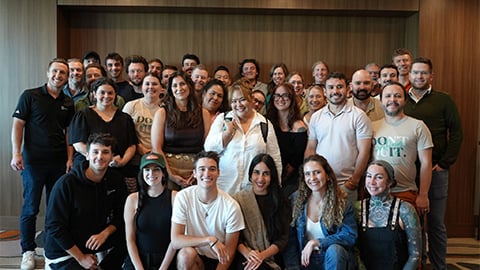













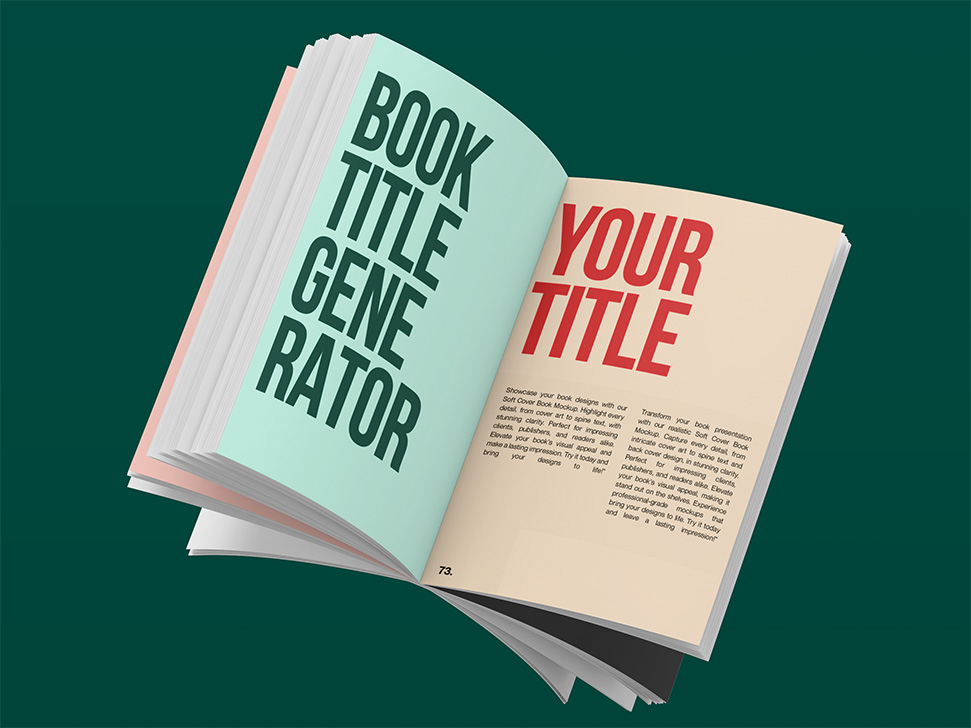
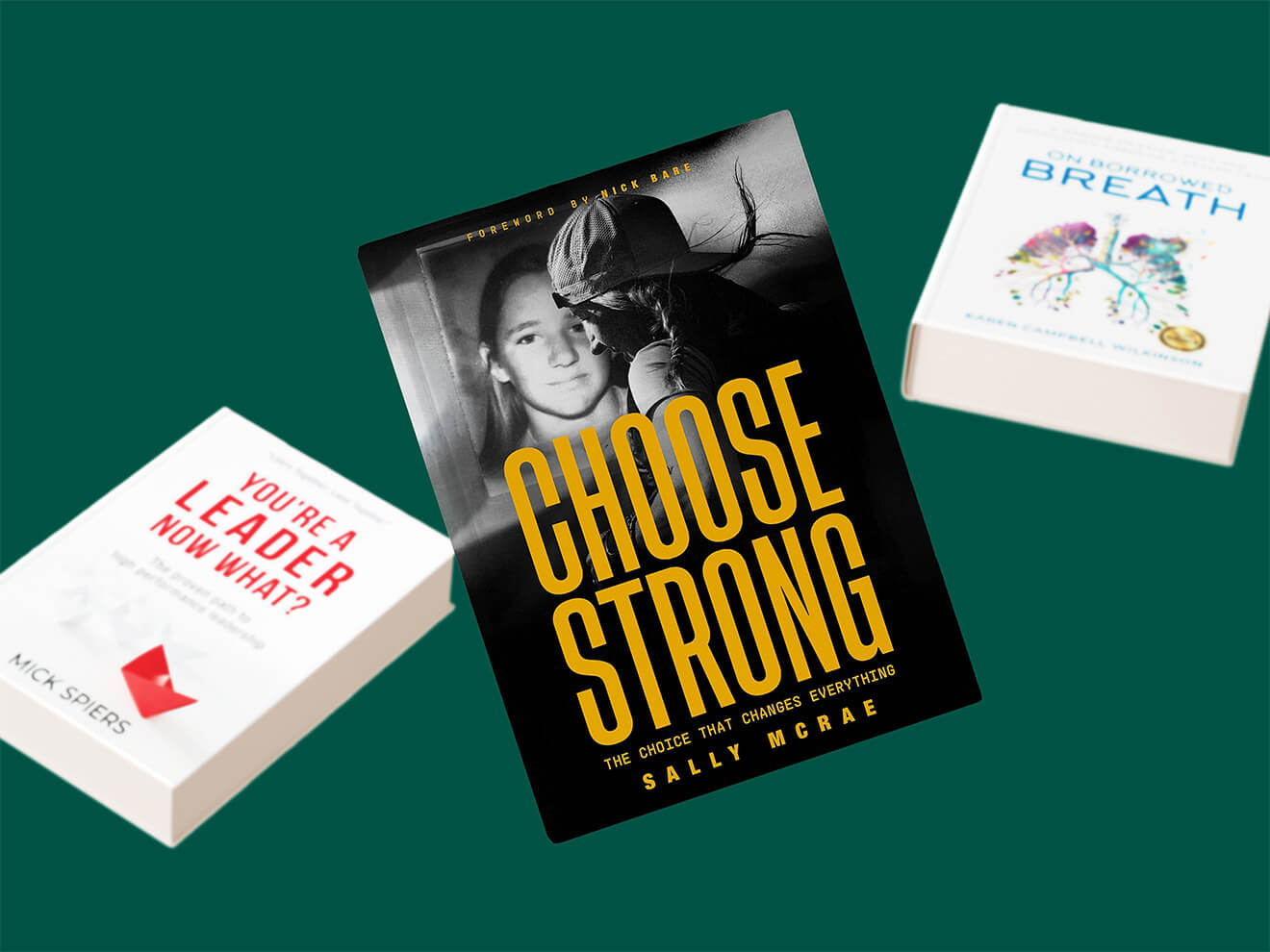
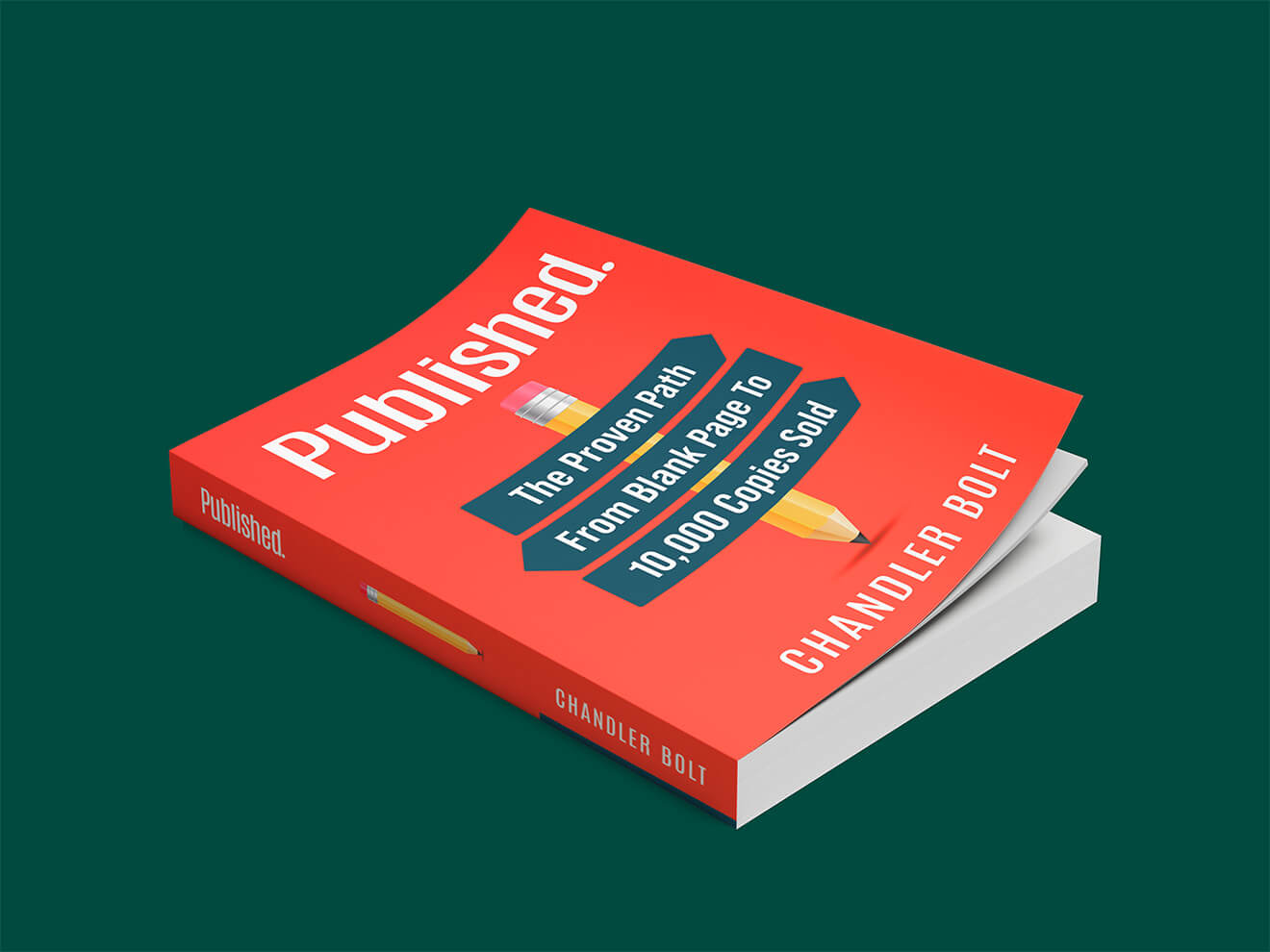


![How Much Does It Cost to Publish a Book? [2026 Costs] How Much Does It Cost to Publish a Book? [2026 Costs]](https://selfpublishing.com/wp-content/uploads/2024/02/how-much-does-it-cost-to-publish-a-book.jpeg)

